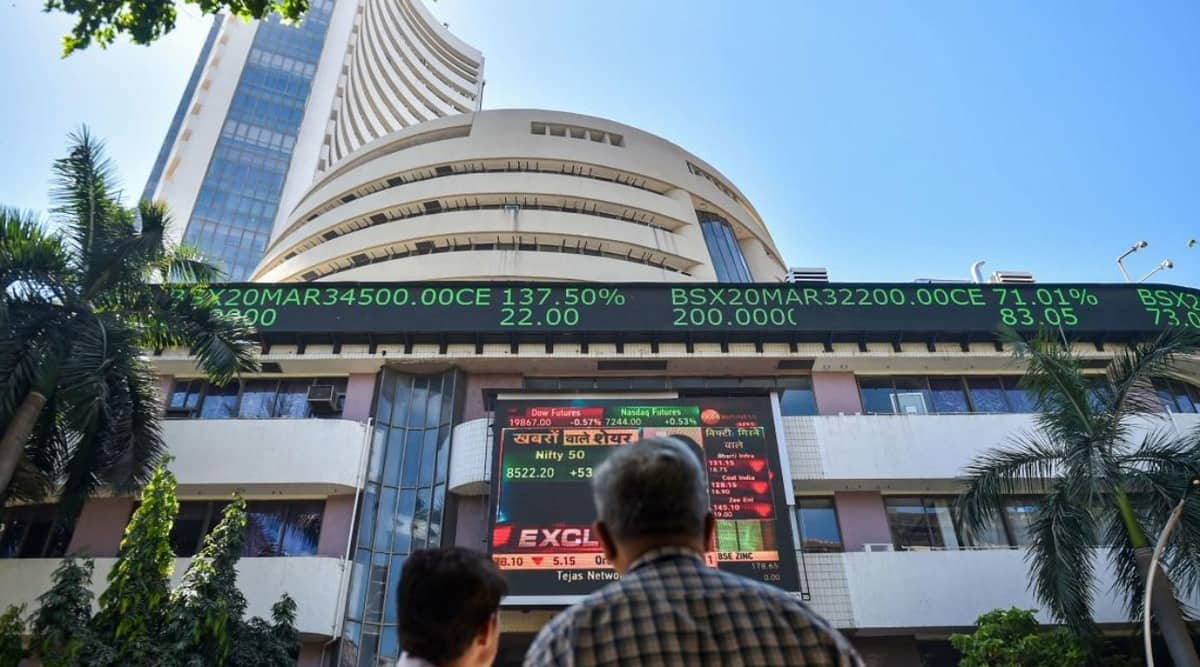
By Ashley Coutinho
Wealthy investors and institutional investors are flocking to additional tier-I (AT1) bonds in search of higher yields amid a flurry of issuances in the past few weeks.
Experts said that these issuances have taken off given the reduction in trading volatility seen in such bonds and cleaner balance sheets of banks. Such bonds provide a higher yield for investors and an alternate source of capital for issuers.
“Perpetual bonds (AT1 bonds) are quite popular among investors in India. Many debt mutual funds across categories allocate to AT1 bonds. In fact, wealth managers also recommend perpetual bonds directly to investors,” said Rohit Sarin, co-founder of Client Associates, a wealth management firm.
Also Read: RBI issues ‘Alert List’ on entities not authorised to deal in forex trading
AT1 bonds offer relatively higher YTMs than NCD issued by the same issuer.
For instance, an SBI 2026 perpetual bond is available at 7.8% versus a non-convertible debenture (NCD) rated AAA at about 7% maturing in 2026. Such bonds score over fixed deposits as well, with post-tax returns that could be 80-90 basis points higher for those in the highest tax bracket.
“Wealth managers are selectively offering these to clients based on their risk appetite. Clients, for their part, are preferring high-quality names such as SBI and HDFC Bank,” added A Srikanth, co-founder & CEO at NEO, a multi-family office.
AT-1 bonds, which are perpetual bonds without any maturity date, pay a slightly higher rate of interest compared to similar, non-perpetual bonds. Banks have the right but not the obligation to pay back the principal amount after exercising a call option.
Such bonds had fallen out of favour in early 2020 after the YES Bank episode and the rise in risk-off sentiment led individual and institutional investors to dump such bonds. The bank was bailed out by a consortium led by the State Bank of India, which wrote off Rs 8,415 crore of AT-1 bonds as per the framework of the reconstruction scheme, leading to losses for several investors.
“These bonds are unsecured and subordinated. Bank reserves the right not to pay interest to bondholders if it reports losses in a given year. A call option lies with the issuer who can call back the bonds at a predefined date if the interest rate falls which means these bonds hardly generate capital appreciation when the interest rate falls,” said Sarin.
Ashish Shanker, managing director & CEO at Motilal Oswal Private Wealth believes it is better to stick to bigger, more trusted names such as SBI, HDFC Bank and Axis Bank as these instruments are unsecured and can be written off, making them risky for individual investors.
Shanker feels that AT1 bonds are more suitable for institutional investors and family offices that have holding company structures which can reduce the overall tax outgo. “Individuals in the highest tax bracket are better off investing in debt mutual funds rather than such bonds considering that the post-tax returns will be below 5% after accounting for a full marginal tax rate of 42.74%,” he said.
Investors should assess a bank’s balance sheet, capital raising ability, pedigree, common equity tier 1 capital, and other reserves from which AT-1 bonds will be serviced before investing said experts.
The CET1 capital is a bank’s core equity capital compared with its total risk-weighted assets.


